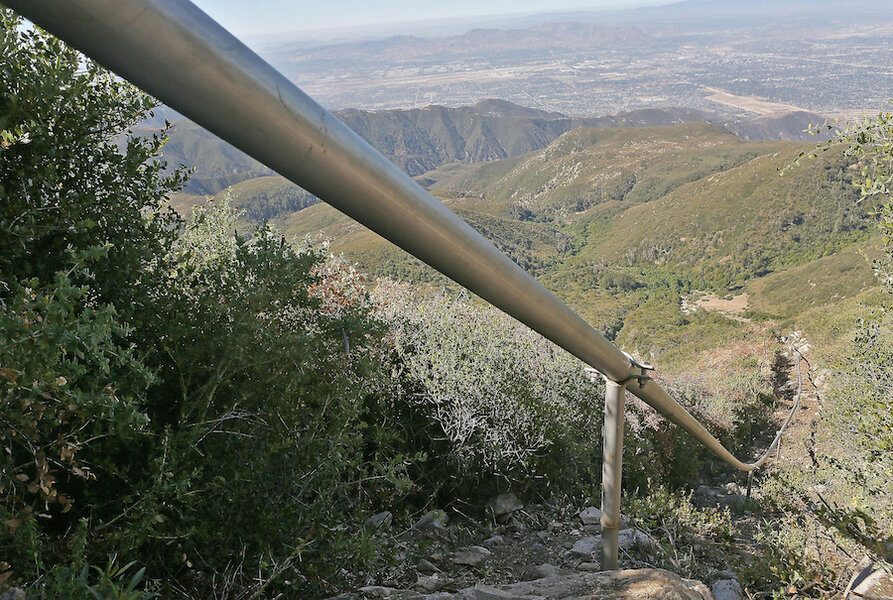An overlooked water resource
Loading...
In bone-dry California we are counting the days until October when the rainy season should begin.
When wells run dry in the Central Valley, fires rage in Big Sur and pine forests in the Sierra Nevada die off, you can’t help but wonder where all the water has gone. But what if we asked a slightly different question: where should the water be?
To answer this it helps to know that soil hydrologists classify fresh water as either blue or green. According to Henry Lin, Professor of Hydropedology / Soil Hydrology at Penn State University,
“Blue water refers to water collected in rivers, lakes, wetlands and groundwater. Blue water is available for withdrawal before it evaporates or meets the ocean. Green water refers to water absorbed by soil and plants and is then released back into the air. Green water is unavailable for withdrawal.”
Nevertheless, it may be surprising to learn that what ends up as blue water represents only approximately 38.8 percent of total precipitation, whereas what ends up as green water represents the remaining approximately 61.1 percent of precipitation.
Although green water clearly represents the lion’s share of precipitation, as Professor Lin states, “green water is an often overlooked resource.”
Why do we fail to see the green water—the water that is stored in soils and consumed by plants?
Film-maker Deborah Koons Garcia provides one hypothesis. Koons Garcia, who wrote and directed Symphony of the Soil, an homage to Earth’s living soil system, points out that most people are “soil blind.”
If we “saw soil,” she says we would recognize that when it is healthy, soil acts like a giant sponge that absorbs water during floods and provides it to plants in times of drought. We would also “see” the difference between soils that have structure and soils that don’t. In order for soil to store water effectively it must have organic matter, or carbon. This carbon gives soil the structure necessary to carry out its filtering and holding functions. When rain falls on soils that are carbon deficient, the water isn’t absorbed into the soil sponge.
Instead, the rain sloughs off the ground’s surface, dragging valuable topsoil along with it. This is what is referred to as ineffective rainfall and it is how green water starts to go missing from the soil sponge.
The good news is that soil blindness can be easily cured by learning something about soil’s remarkable potential, and rainfall can be made more effective. The Natural Resources Conservation Service (NRCS) has determined that a one percent increase in organic matter (carbon) in the top six inches of soil increases its holding capacity by approximately 27,000 gallons of water per acre.
Increasing soil carbon can be done in a number of ways including cover-cropping, composting and planting deep-rooted perennials. The average farm size in California is 312 acres. Increasing the soil carbon content by one percent on just one farm (27,000 gallons x 312 acres) has the potential to yield an additional 8,424,000 gallons of green water. Multiply that by California’s 81,500 farms and you begin to grasp the transformative potential that increasing soil carbon by a mere one percent would have on the state’s green water supply.
“Worldwide,” says Lin, “nearly 90 percent of water consumed by croplands is green water making green water key to global food security and land use.”
Once we start actually seeing soil, we can realize that much of the water that has gone missing is of the green variety. The next step is to increase the organic matter on our fields so that when the rains finally come we’ll have forged the conditions to recreate the soil sponge.
For more on this topic we recommend Water in Plain Sight, a new book by Judith D. Schwartz.
This article first appeared in Food Tank.







